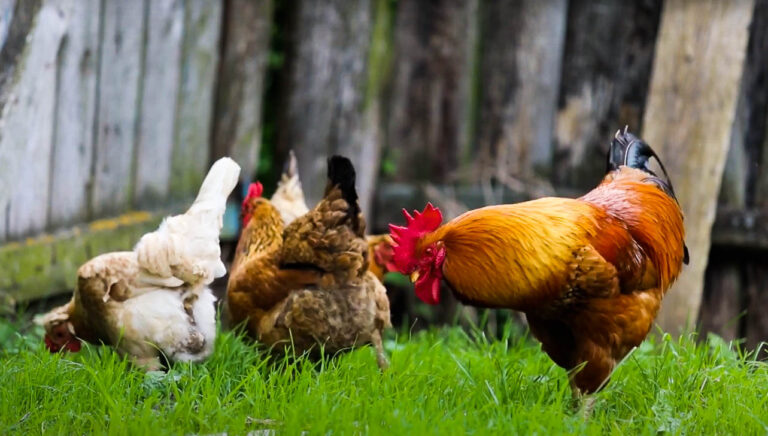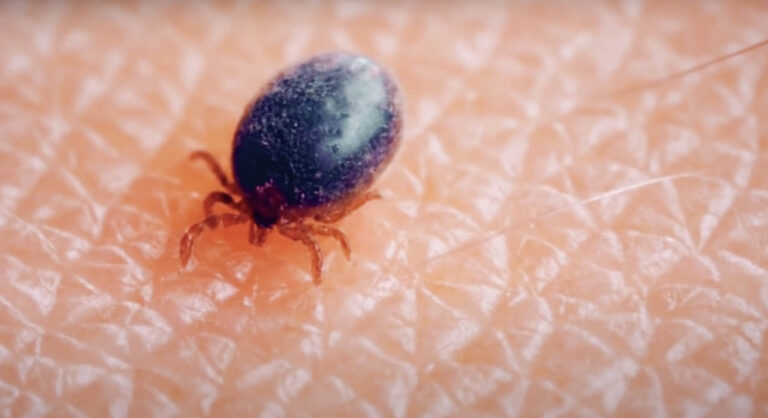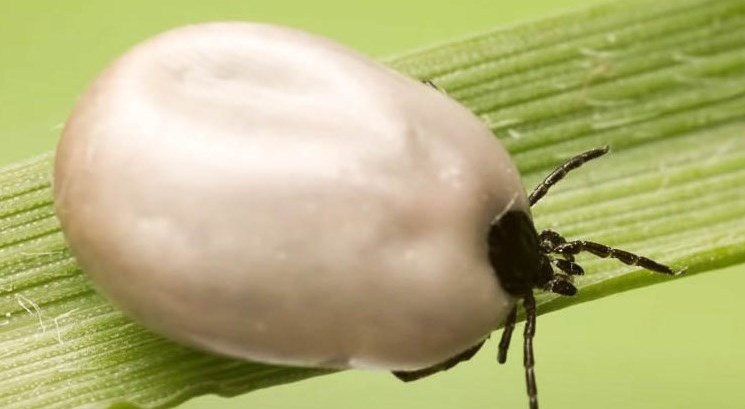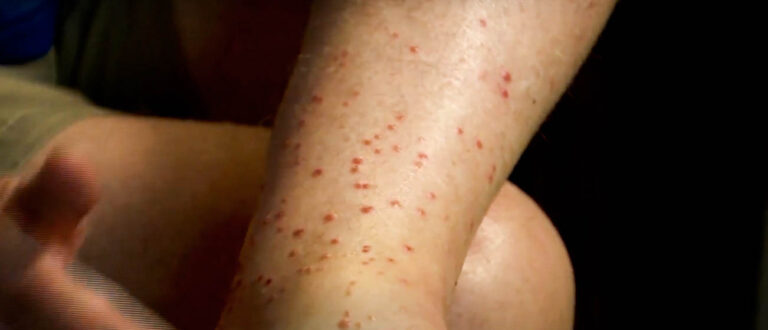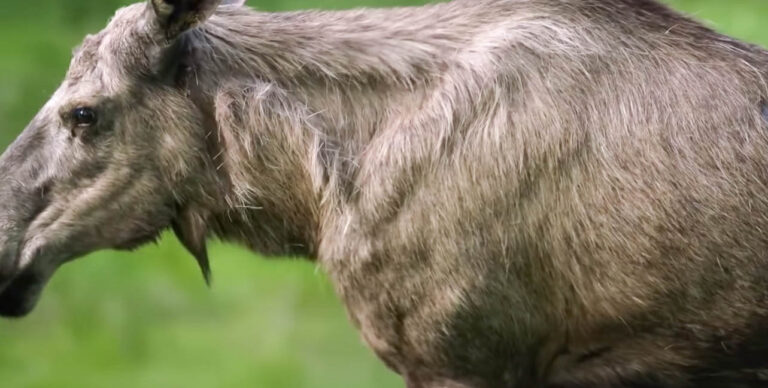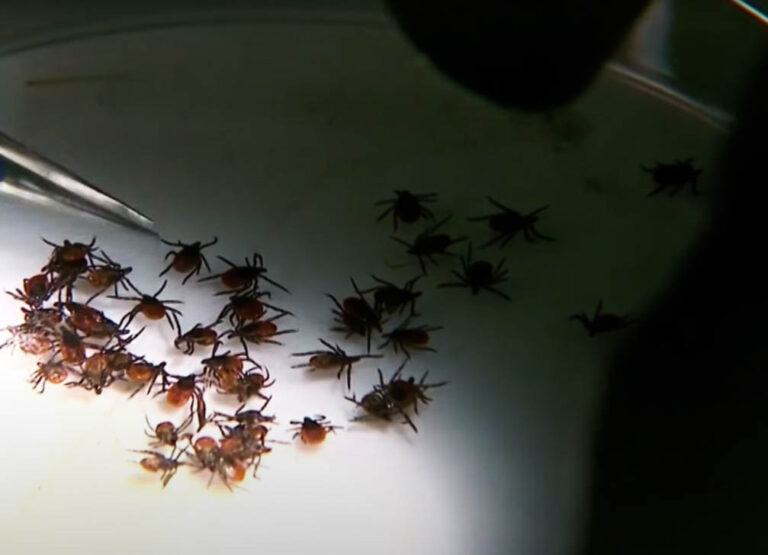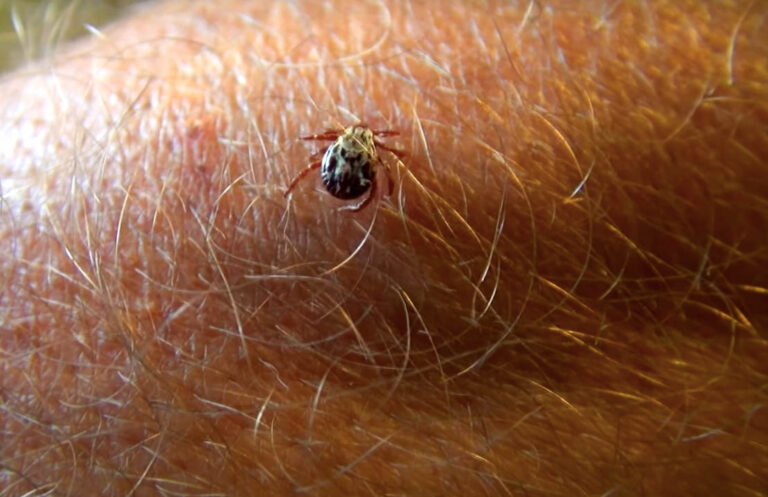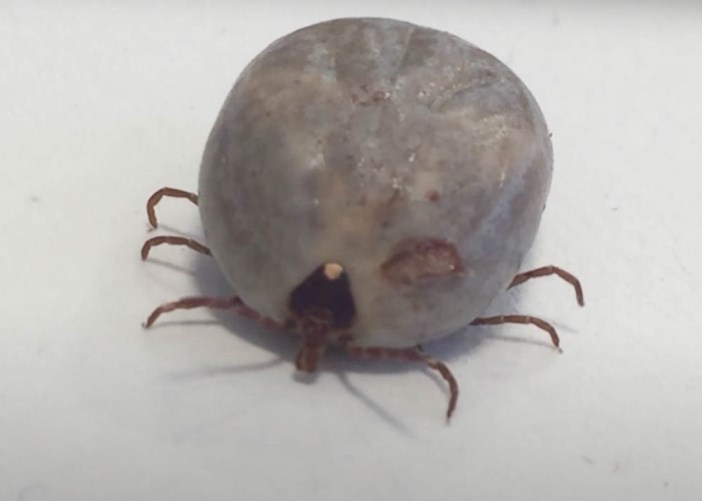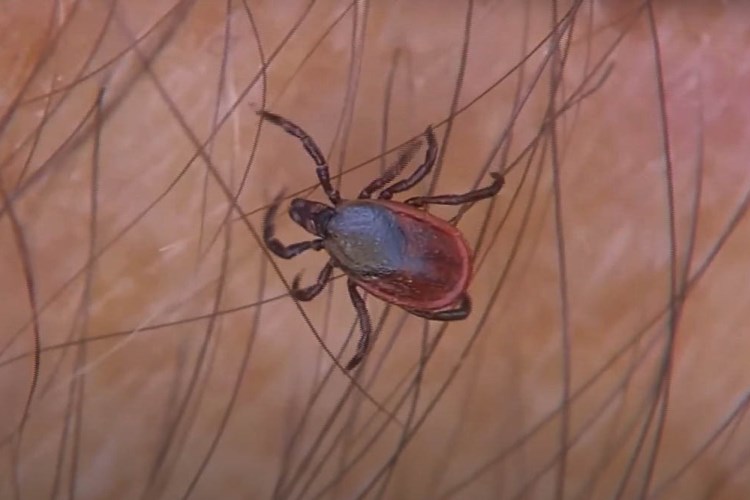About Brown Dog Ticks
About Brown Dog Ticks
Brown dog ticks get their name from their color as well as their preference of dogs as hosts. They are found indoors and outdoors and can establish large populations indoors within a short period. Brown dog ticks are vectors of serious diseases such as Rocky Mountain spotted fever.
Appearance
The lack of markings is a notable feature of brown dog ticks as markings are a common feature for the identification of the ticks. Brown dog ticks are reddish-brown to brown in color. Before they take blood meals, the average length of the adult tick is 1/8 of an inch. After blood meals, the average length of ticks is ½ of an inch. They have flat bodies, with their rear ends broader than their front ends.
Behavior
Like other ticks, brown dog ticks are blood-sucking parasites. They take blood meals from dogs as well as other mammals. They take blood meals from humans as well as raccoons, opossums, cats, and rodents.
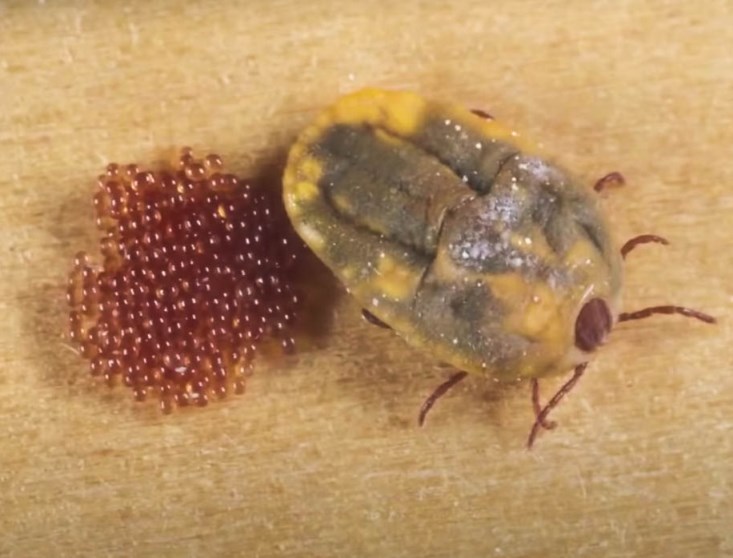
When they take blood meals from dogs, the adult females attach to areas such as behind the ears and between the toes. The immature ticks could take blood meals from the back of dogs. Both the mature and immature ticks could produce a sticky substance that keeps them attached to the host. They can continually take blood meals for up to 60 days. Brown dog ticks attach to their hosts from the blades of grass, shrubs, and other plant materials. They climb these plant materials and wait for hosts to attach onto. They are found indoors and outdoors. They are typically introduced indoors by pets such as dogs and cats. Outdoor brown dog tick infestations can be a result of opossums and raccoons bringing them into an area.
Brown dog ticks spread serious diseases such as Rocky Mountain spotted fever and Canine Ehrlichiosis. They pick up the pathogen from an infected host when feeding on it and transfer it to an uninfected host when taking another blood meal.
Life Cycle
The adult female brown dog tick takes blood meals to be able to produce eggs. They produce eggs in large numbers and lay them in areas such as cracks when they are indoors. After consuming a sufficient quantity of blood, the female could produce 1,000 to 2,000 eggs. Adult females die after producing their eggs. The eggs of brown dog ticks are tiny, with a dark brown color. Larvae hatch out of eggs and actively search for food to be able to develop further. Outdoors, the larvae climb vegetation and wait for suitable hosts.
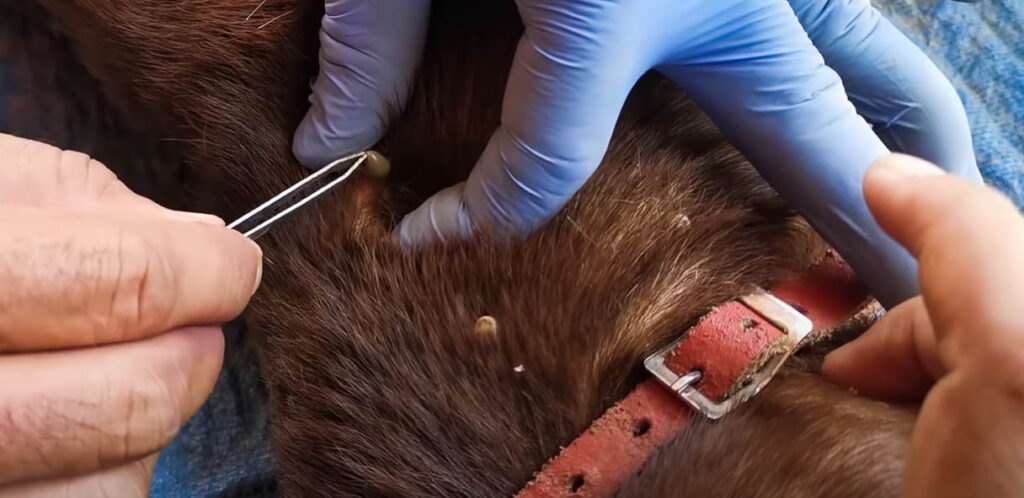
Indoors, they simply move around in search of suitable hosts. Brown dog ticks do not need to go outdoors to complete their life cycle. This is the only species of ticks that can complete its life cycle indoors. The larva consumes blood and molts. After several molts, it develops into the nymph. It takes about three weeks for larvae to develop into nymphs.
The nymph also needs blood meals to be able to develop into the adult tick. It takes about 19 days for the adult tick to develop out of the nymph.
Adult ticks begin to seek suitable hosts almost immediately. If they do not find hosts, they could live for up to 180 days. They complete their life cycle in about 90 days and complete multiple cycles in a year.
Brown dog ticks could detach from their hosts after taking blood meals at the different developmental stages. They could also remain attached to the host for the entire period.
Habitat
They are found in areas with tall grasses and heavy vegetation. Generally, areas with dogs and other mammal activity attract the ticks. They make their habitats in shrubs, dog houses, landscaped areas, and beneath decks. An area with pet activity could have brown dog ticks.
Brown dog ticks are well distributed across the US. When they are carried indoors by pets, they infest cracks around windows and other surfaces.
The population of brown dog ticks is typically higher in areas with warmer climates.

